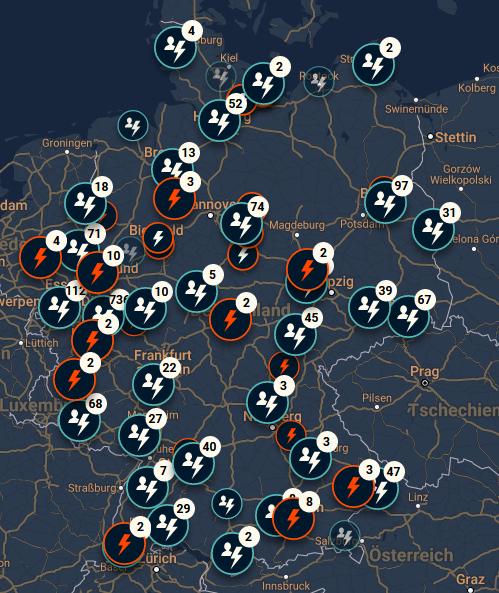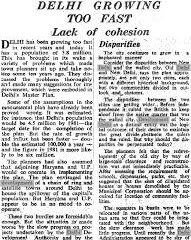The Importance of Power Outage Maps for Communities

Introduction
Power outages can occur unexpectedly and significantly disrupt daily life. As communities, businesses, and individuals rely heavily on electricity, having access to accurate and real-time data about power outages is crucial. Power outage maps serve as important tools that allow residents to stay informed about current outages in their area, view estimated restoration times, and plan accordingly.
What is a Power Outage Map?
A power outage map is a visual representation of areas experiencing electrical failures. These maps are typically provided by electricity suppliers and utility companies, offering dynamic displays of affected regions. They commonly include data such as the number of customers without power, the specific locations impacted, and the estimated time for service restoration. As communities become increasingly digital, many of these maps are accessible via mobile applications or websites.
Current Events and Features
Recently, power outage maps have gained prominence amid extreme weather conditions, including hurricanes, winter storms, and heatwaves. For example, during the aftermath of Hurricane Fiona in September 2022, residents in Eastern Canada relied heavily on outage maps to assess storm damage and understand when power would be restored. Various utility companies, including Nova Scotia Power and Hydro One, provided comprehensive maps to help communities navigate these crises.
In Canada, innovations in outage mapping have also included the integration of interactive features. Users can now view real-time updates on the outage status, report outages directly through the map, and access information about potential safety hazards associated with downed power lines. This increased engagement fosters a collaborative response within communities during electrical disruptions.
Benefits of Power Outage Maps
The importance of power outage maps extends beyond simply keeping residents informed. Some key benefits include:
- Timely Information: Access to real-time data helps residents make informed decisions regarding safety and preparedness.
- Enhanced Communication: Utility providers can communicate effectively with customers about ongoing restoration efforts and provide regular updates.
- Community Preparedness: Residents can plan ahead, making informed choices about food storage, heating, and alternative power sources.
Conclusion
Power outage maps have become an essential resource for communities across Canada. They not only provide critical information during outages but also serve to foster community resilience in the face of electrical disruptions. As technology continues to advance, we can expect even more detailed and user-friendly outage maps, which will further enhance communication between utility providers and the public. Staying informed is key to managing the challenges posed by power outages, and these maps are vital tools for empowerment and preparedness.









